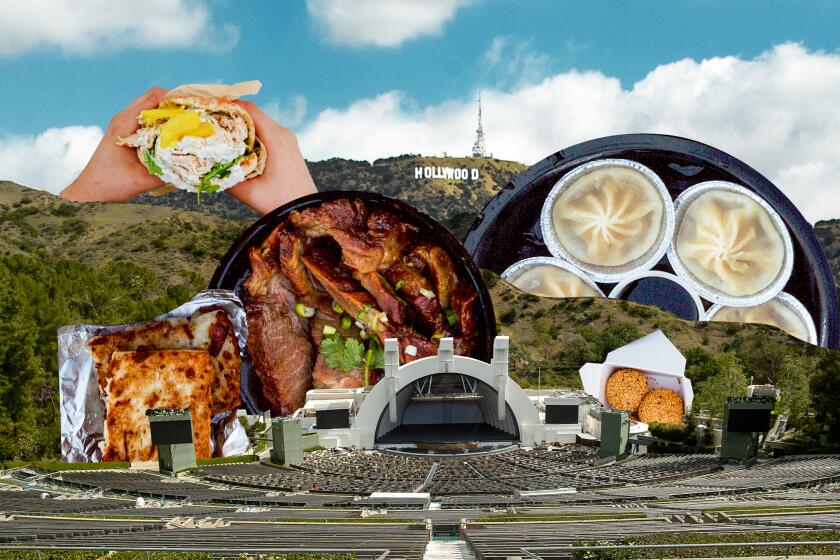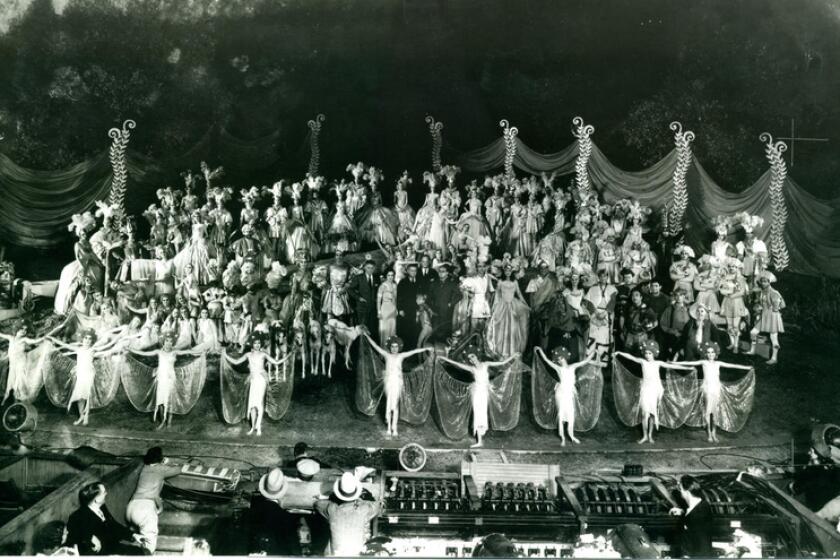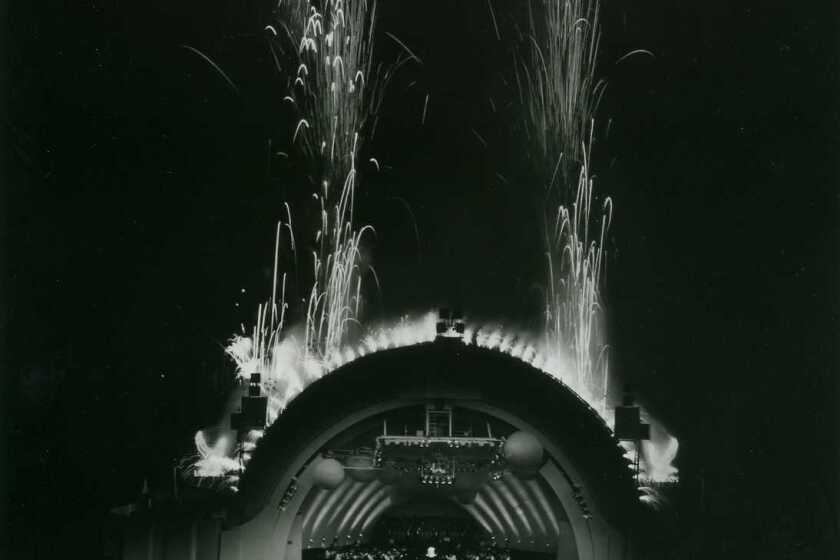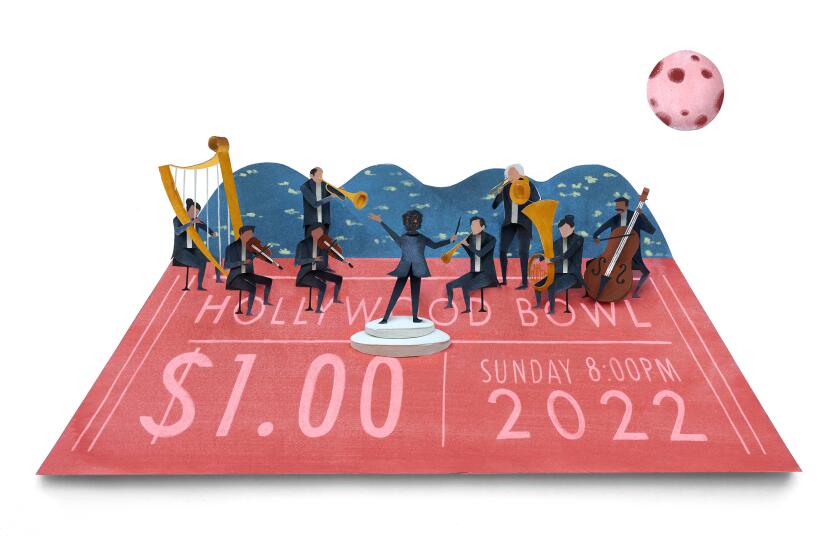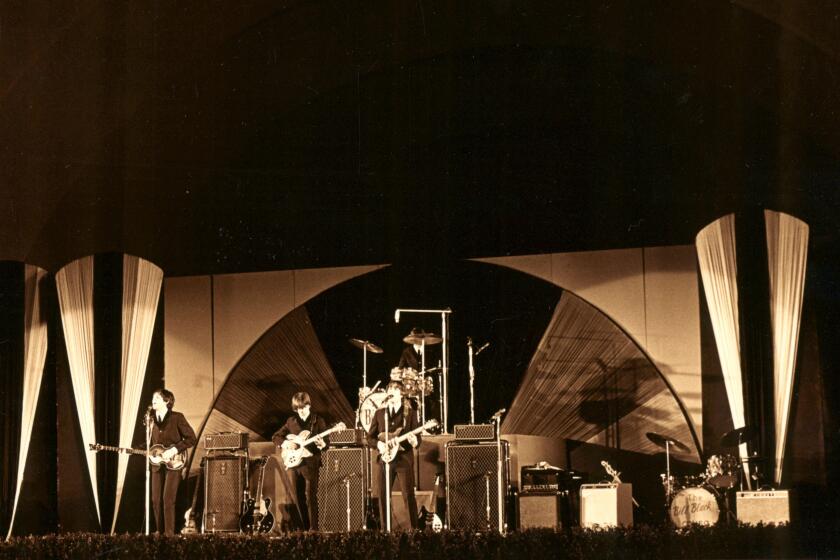Column: Only locals know the real symbol of L.A.’s best and worst: the Hollywood Bowl
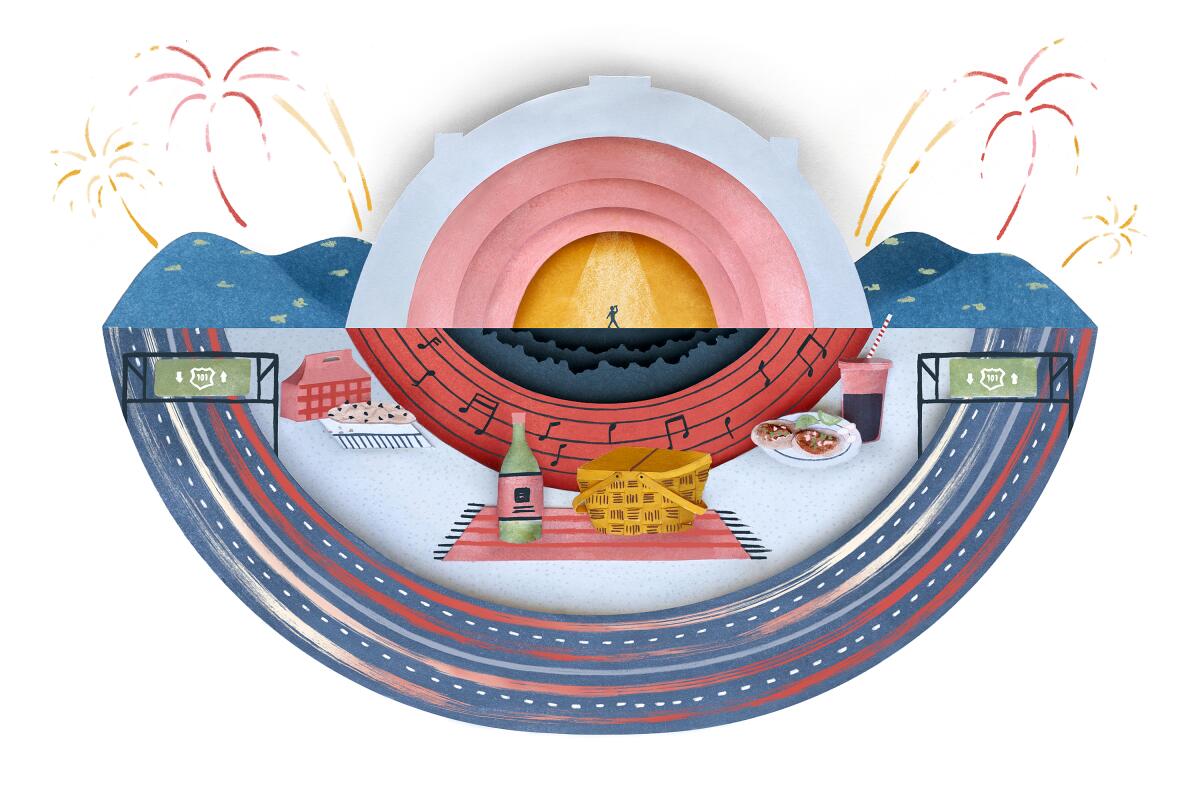
- Share via
When people who live elsewhere think or write about Los Angeles, they inevitably conjure all the familiar images: freeways, palm trees and the Hollywood sign; beaches, gridlock and the Griffith Park Observatory; the Santa Monica pier, Rodeo Drive and the Sunset Strip.
That’s how you know they don’t live here: They miss all the most L.A. things about L.A., including and especially the Hollywood Bowl.
Dug into a hill overlooking the distracted heart of Hollywood, she is the grande dame of amphitheaters, a fixed point of summer and the city’s cultural life.
What other institution better embodies all the glories and lamentations of life in Los Angeles? The wonderful weather and the terrible traffic; the penchant for picnicking and the abysmal lack of parking; the fireworks-loving, artistic soul of the city and its omnipresent car alarms and police helicopters.
This year, she is celebrating her 100th anniversary — though she is actually 101. Fudging her age; how much more L.A. can you get?
Well, not exactly fudging. Like many important milestones, the Bowl’s centenary occurred in the middle of the COVID-19 pandemic; although she was open for business in 2021, the programming was abbreviated, the celebration put off for a year.
And this summer, the Bowl is making up for lost time with programming that is wildly extensive: Billie Eilish and Deborah Harry; Gustavo Dudamel celebrating Leonard Bernstein and Wagner’s “Die Walküre, Act III”; “Harry Potter”; the Paris Opera Ballet. There really is, once again, something for everyone.
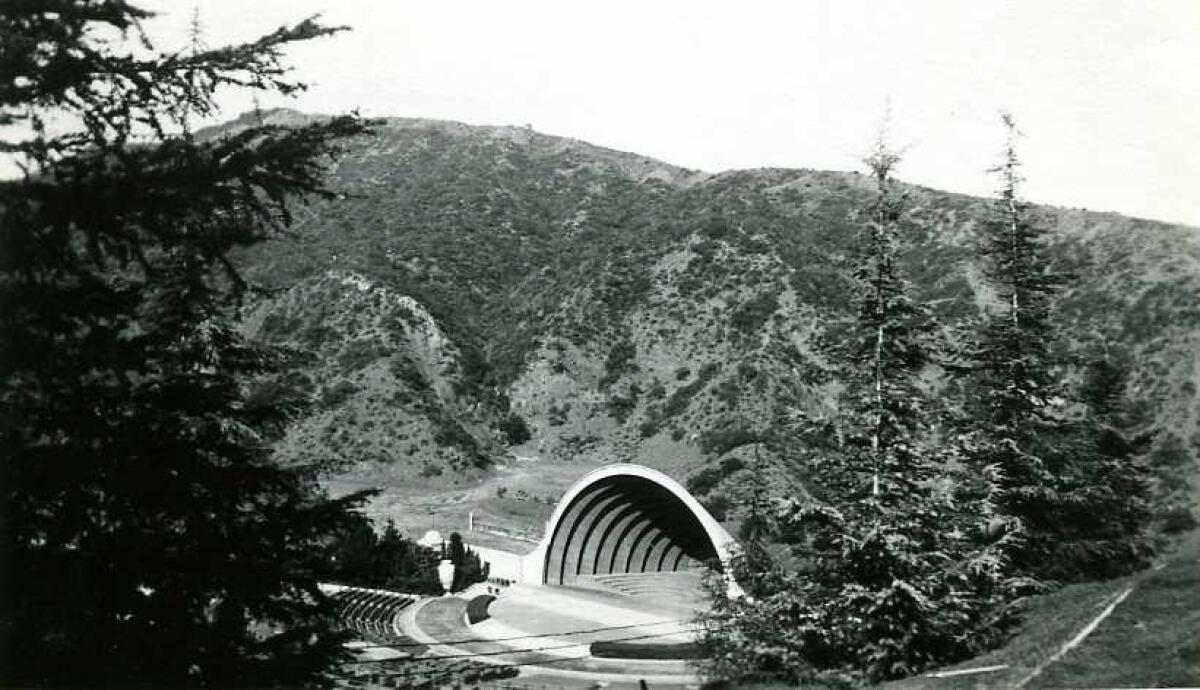
For more than a century, people have sat beneath skies streaked with sunset or flecked with stars to see some of the best performances available in Los Angeles (which means some of the best performances in the world) — from Philip Glass played by the Philharmonic to sing-alongs with “Mamma Mia!” and every form of music, film and theater in between.
The physical space has grown and changed over the years — in the late ’90s it had a major overhaul — and so has the audience. Every person in Los Angeles does not regularly attend the Bowl, but when you’re there, it can feel like that. Here are the box subscribers with their linen-napkin table service and the first-date couples sharing a Chinese chicken salad; local school and church groups lugging fancy picnic baskets, Trader Joe’s insulated sacks or grocery bags filled with the food of the world. Families lined up at Bowl eateries juggling orders of hamburgers, tacos and chicken strips while their kids beg for French fries and giant chocolate chip cookies.
(I have heard some people go to the Hollywood Bowl and don’t eat or drink anything but I don’t believe it; where two or more Angelenos gather in anyone’s name, there will be tacos and giant chocolate chip cookies. And very long lines at the restrooms.)
The Hollywood Bowl’s BYO-meal policy offers a unique opportunity to explore the venue’s surrounding restaurants and build a delicious picnic.
As befits her status, the Hollywood Bowl claims the high ground and a surprising amount of privacy. George M. Stanley’s Art Deco, WPA-funded fountain complex “Muse of Music, Dance and Drama” hints at what lies in that hillside. Among the oak and eucalyptus off Highland Avenue, it seems almost impossible to believe the Dolby and TCL Chinese theaters, ground zero for tourist-attraction L.A. and the general Hollywood Boulevard madness, are just a mile away.
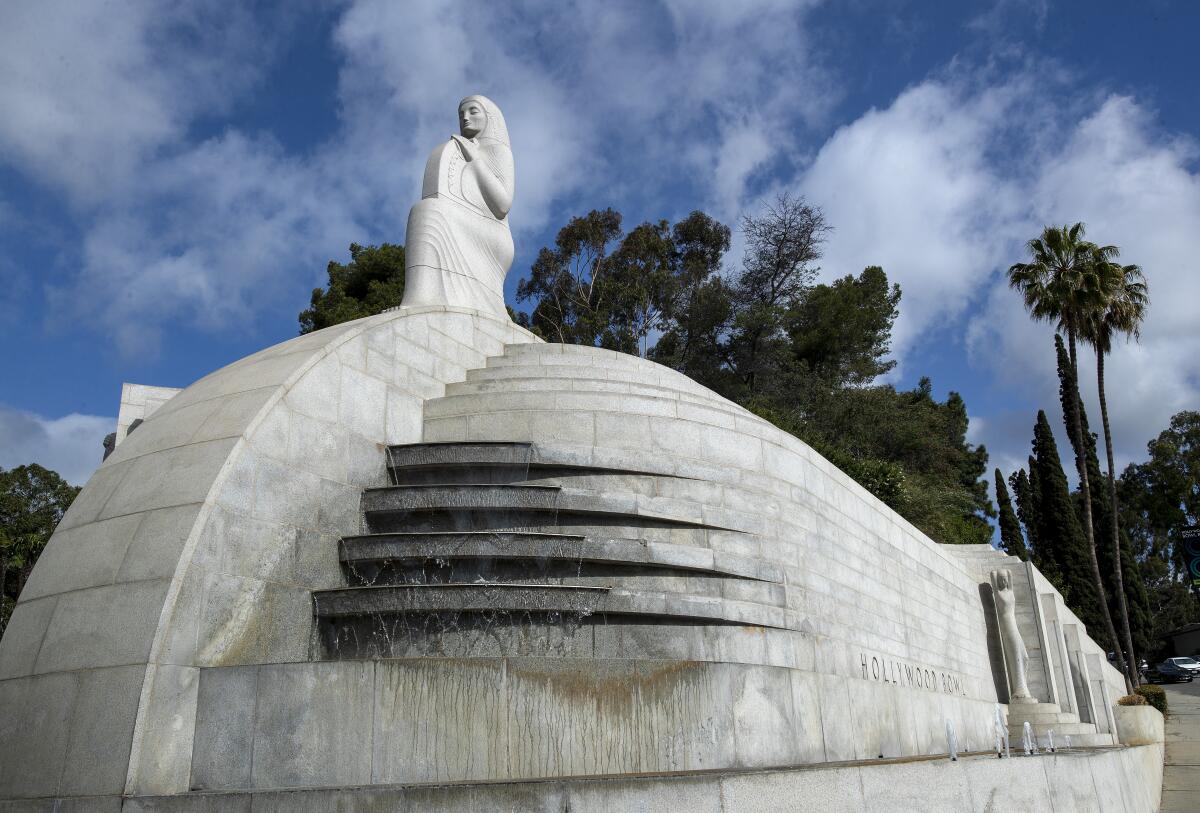
With neighbors that include the American Legion and a Belmont Village Senior Living complex, the Bowl is separate but not aloof. Yes, individual box seats can run you into the mid-triple figures (and subscriptions to those boxes are reserved for big donors), but almost half the seating is priced at less than $40 and you can still settle onto some of the famous benches that terrace the hillside for a buck.
Still, one does not just drop in to the Hollywood Bowl. I’m sure there are hearty souls who simply hoof it from their near(ish)-by homes and hotels, but most folks take some sort of transportation. On-site parking is lim-it-ed, which means any visit to the Bowl requires rigorous planning. For the dedicated, that planning begins in February, when the summer programming schedule drops; for the rest of us, it begins sometime in May or June when we realize summer is coming. And summer means the Hollywood Bowl.
So how to get there? You could get dropped off by a friend, taxi or rideshare. There are shuttles from the Hollywood/Highland metro stop or nearby lots, and Park and Ride buses from several area locations. No matter which method you choose, you will definitely encounter a traffic jam or two along the way.
But then, in L.A., if your destination does not involve a traffic jam, it probably isn’t worth visiting.
You also have to factor in where you will eat your picnic, should you bring one. Some people make a day of it, or at least send someone to secure a prime table; others show up and take what they can get. Ticket holders are asked to show up an hour before showtime to avoid complete madness, but it can get a little crazy even so.
It isn’t exactly an ordeal. It’s more like a summer ritual — and, for the recently arrived, an initiation into the city. In the best way, it’s not for tourists. Like Los Angeles itself, it is an experience that requires a certain level of surrender — of expectations and preconceptions. There is wine but no dress code; it could be hot or become cold. In all likelihood it will not rain, but you might see bats.
The Hollywood Bowl is not just a venue, it’s a destination. You go to enjoy a wide range of performances but you also go just to be at the Bowl, and part of L.A. history.
For more than a century, people have made their way up that hill to be part of something that is bigger than themselves and eat potato salad while they do it. I have seen countless L.A. Phil performances at the Bowl, as well as Cher (in one of her farewell tours), and the Police, but also “Harry Potter” and “The Sound of Music,” and it was magic every time, a bubble of relief and wonder that reminded me why I live in L.A.
For his 1934 production of ‘A Midsummer Night’s Dream’ with Mickey Rooney and Olivia de Havilland, Max Reinhardt had the Hollywood Bowl dismantled, and oak trees were shipped in from Calabasas. The extravagant production put the venue on the world map.
Sometimes — if you’re traveling from the Westside or Long Beach, or if small children are involved — it can take a lot of energy to get there. Sometimes, when you’re crawling down the 101 or up Highland, you might wonder if it is worth it.
But then you settle into your seat, relax into the murmur of many voices and much laughter, the thud of feet on stairs, the pop of corks and the whispery rattle of chip bags being passed around, all reverberating within the cup of the amphitheater and rising to meet the silence of the trees, the endless depth of sky.
The real symphony of the Hollywood Bowl begins long before the music starts to play.
More Coverage: Hollywood Bowl
More to Read
The biggest entertainment stories
Get our big stories about Hollywood, film, television, music, arts, culture and more right in your inbox as soon as they publish.
You may occasionally receive promotional content from the Los Angeles Times.
